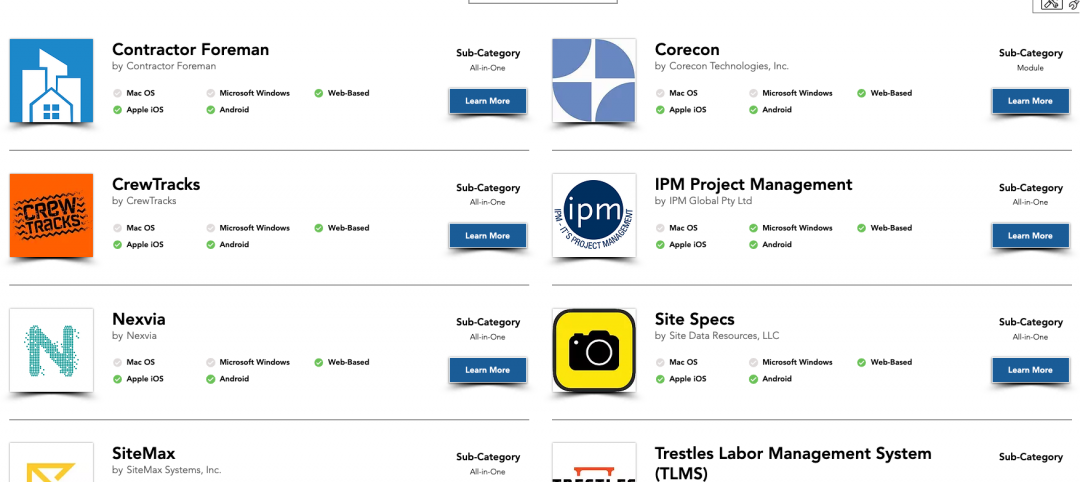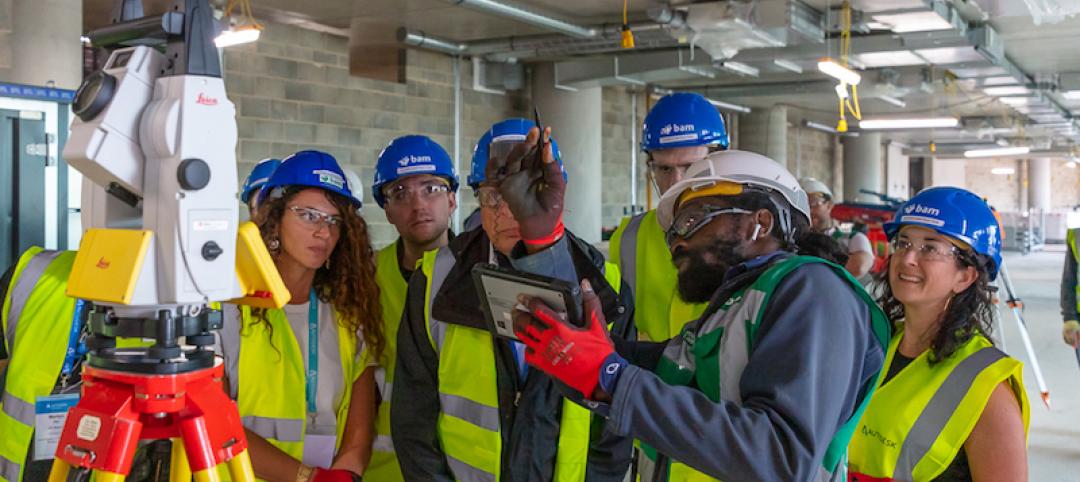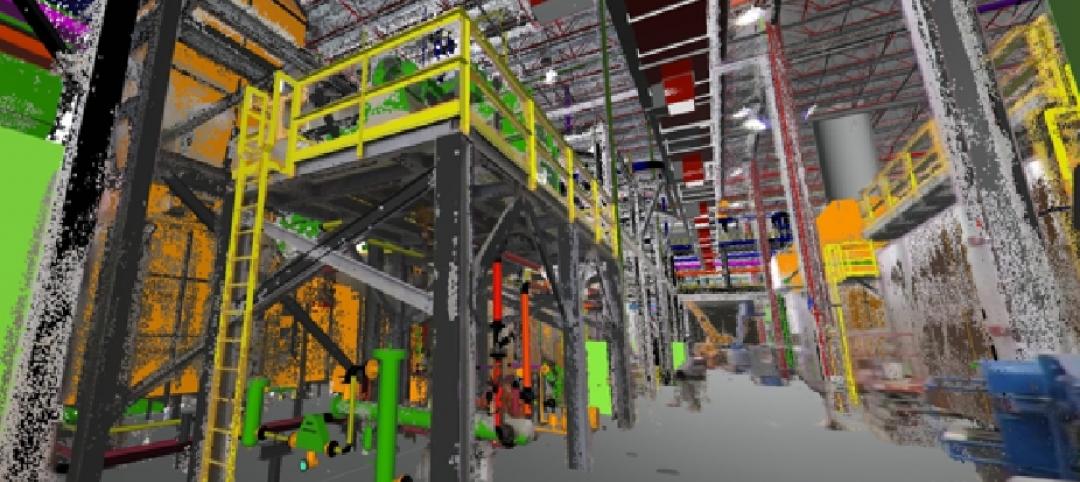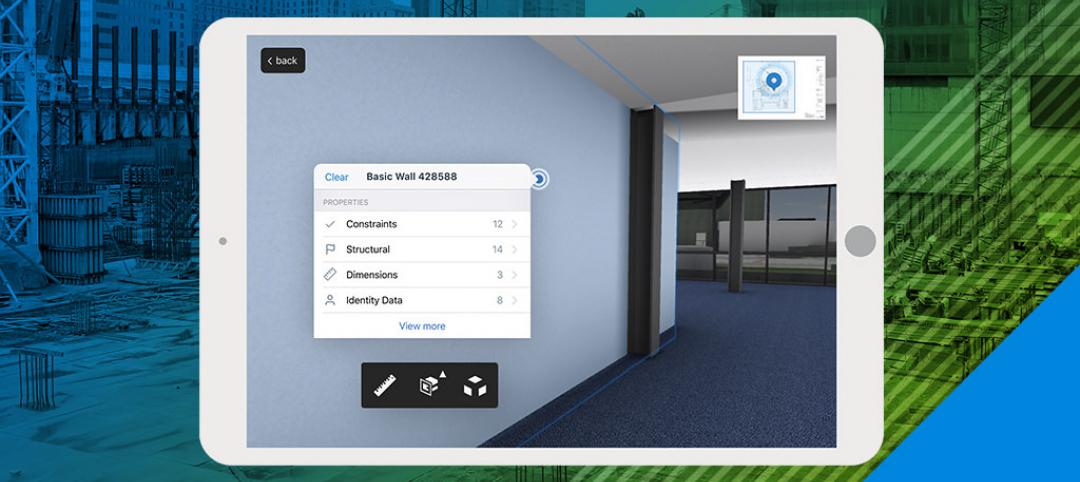As the Architectural Project Delivery Leader for the new $2 billion (Canadian), 3.5 million square foot Centre Hospitalier de l’Université de Montréal (CHUM) hospital project in Montreal, Canada, Matt Forman, CannonDesign + NEUF architect(e)s knows how crucial project efficiency is to project delivery. CannonDesign and NEUF architect(e)s are the architects for Collectif Santé Montreal, the consortium which was awarded this sizeable P3 (or Public Private Partnership) project. A key objective of the consortium’s proposal was the delivery of almost 85% of the hospital functional program in the first phase—no small feat, literally, as the hospital is set to occupy two full city blocks as the largest hospital in Montreal, as well as one of the largest academic medical centers in North America.
With more than 5,900 pages of architectural drawings to manage and deadlines looming, CannonDesign and NEUF architect(e)s turned to the use of room templates as a way of mitigating the number of floorplans required for this 14,000-room hospital. Even with the extensive use of templates, however, thousands of documents would still need to be managed. Enter PDF creation and editing solution Bluebeam Revu, which allows teams to easily markup and comment on project documents, as well as store documents as a single source of truth and track all editing activity with Revu’s integrated cloud collaboration solution, Bluebeam Studio.
Taking Design Reviews Digital
The design review process for CHUM includes three or more sets of meetings with users from each department—something which may sound reasonable at first, until one realizes there are more than 140 departments in the hospital! And with each meeting taking approximately three to four hours, this adds up to more than 1,200 hours of meetings for design review of the rooms alone. And that doesn’t even include the reviews with the rest of the consultant team.
“Design review could have been an absolute nightmare,” shares Forman. “We decided to take this process digital by reviewing drawings with the users in Revu, saving us the time and hassle of marking them up by hand on tracing paper, then translating and typing up our notes before sending them to the rest of the architectural team.” Another motivation for going digital was the use of Revu’s Calibrate tool to confirm measurements, ensuring that the necessary medical equipment would actually fit, eliminating the back and forth communication that usually occurs.
“We’ve estimated that it’s saved us about 2-3 weeks per review.” – Matt Forman at CannonDesign + NEUF architect(e)s.
During the design review phase with the MEP and other members of the consultant team, the architects would post all of the packages into a Studio Session, which enables real-time, document-based collaboration, and then invite the other consultants to join. Taking full advantage of this, Forman created a custom tool set—a collection of drag-and-drop icons used to markup documents—to share with the reviewers, assigning each firm a color. When team members would add markups or comments to a document in Studio, Forman could immediately see who made the changes, when they made them and who responded.
Coordinating Complex Spaces with 3D PDFs
CannonDesign used 3D interior elevations to coordinate the project’s complex laboratory equipment layouts. Working in Revit, they used Codebook, an equipment data management tool, to add and track all of the equipment data. They would then save the file as a 3D PDF in Revu and share it with the hospital’s clinicians for review and approval of layouts. Leveraging 3D PDFs not only makes it easier to share robust BIM data in a lightweight format with partners downstream, but also enabled the clinicians to understand the layouts more easily than with a typical 2D floor plan. And because the team took the time to set up their Revit families correctly in the original drawing, all of the equipment data was carried into that 3D PDF.
Cutting Down QA/QC Timeline
CannonDesign’s previous QA/QC process used to consist of marking up paper drawings with a red pen. At this scale, that process was challenging due to the number of reviewers involved in any given set of drawings. The old method took more time, with comments trickling in over a period of several weeks. By streamlining them into a single set of markups in Revu and saving them into a Studio Session, they now have everything in one place. Additionally, comments can be easily assigned and tracked in Revu’s Markups list, a running spreadsheet-like record of document edits. Studio also proved to be especially valuable when Forman had to travel offsite. Using his iPad, Forman was able to log in to Studio Sessions through the Revu iPad app, review drawings, add his comments and keep the project on track in real time.
“It’s taken a stunning amount of time out of our QA/QC process.” – Matt Forman at CannonDesign + NEUF architect(e)s.
No More Late Nights
After the QA/QC reviews were complete and the drawings approved by the registered architects, a secure seal and signature needed to be applied to each sheet. Instead of pulling an all-nighter to apply the seals to the sheets, the team used Revu’s Batch Apply Stamp tool, which applies a selected stamp in the same position to multiple PDFs or multiple pages of a PDF at the same time. “After spending about 30 minutes setting up the stamp alignment, it took us less than an hour to run the batch process,” explains Forman. “And now the process is repeatable. Between Revu’s nimble markup tools and having Studio as a common platform for multiple consultants to collaborate, the software really enabled and streamlined our large team workflow on this project.”
To learn more about Revu or download a free 30-day trial, please visit us here.
Related Stories
AEC Tech | Jul 10, 2019
Blue Collar Labs launches Builder’s Almanac, an online construction technology evaluation platform
The free online resource aims to eliminate subjective bias from the contech software evaluation process.
AEC Tech | Jul 2, 2019
Living in a cloud: What nanotech means for architecture and the built environment
Could there come a time when buildings will become less about bricks and mortar and feel more like mists or fogs?
AEC Tech | Jun 28, 2019
In London, Autodesk homes in on construction management
The software goliath sounds the alarm about the urgent need for productivity improvements to address unbridled urbanization.
Giants 400 | Jun 26, 2019
How are the AEC Giants faring in the tech arms race?
About half (42%) say their firm is “on par” with their most-direct AEC competitors.
AEC Tech | Jun 10, 2019
Mortenson joins forces with robotics technology producer
The partners will focus on equipment used for earthmoving in wind and solar projects.
AEC Tech | May 15, 2019
AI and digital twin firm Reconstruct Inc. closing $7.7 million Series A investment
Reconstruct’s AI and digital twin capabilities provide indoor/outdoor views for project stakeholders to track and resolve project issues in a virtual environment before they impact cost and schedule.
AEC Tech | May 7, 2019
Can machines design?
Instead of debating about whether machines can design, why don’t we ask, What if they could? How might architecture change if computers take over the process entirely?
Codes and Standards | Apr 25, 2019
Report: Contractors invest $1.6 billion in workforce development annually
ABC members increased training spending 45% from 2013, according to a new report.
AEC Tech | Apr 24, 2019
PlanGrid Delivers BIM Data in 2D and 3D Directly to Mobile Users in the Field
One of the construction industry’s most widely-used mobile technologies makes critical data accessible in the field with first major Autodesk integration after acquisition.
Digital Twin | Apr 24, 2019
Can Digital Twin make project management more efficient?
One leading owner’s rep is pushing that idea with its “OneModel” BIM-sharing approach.

















